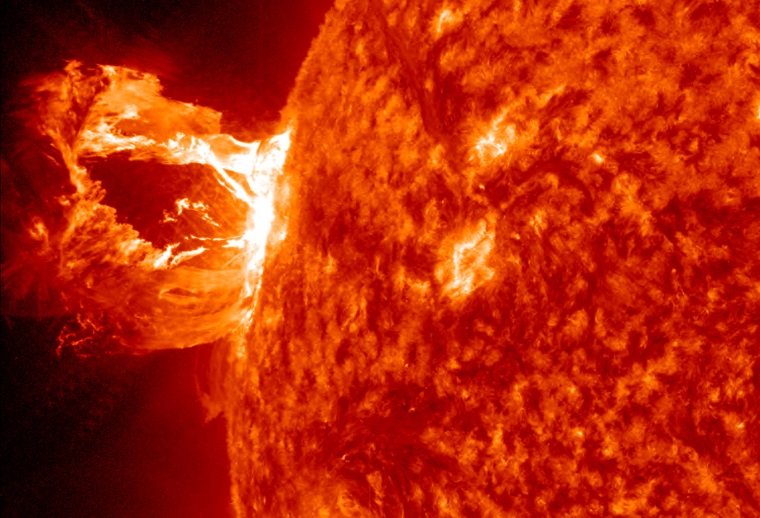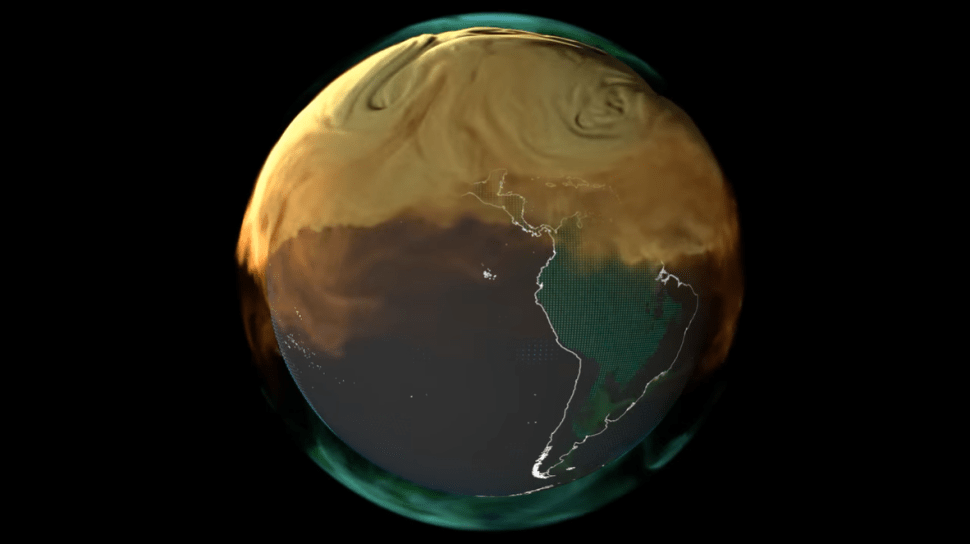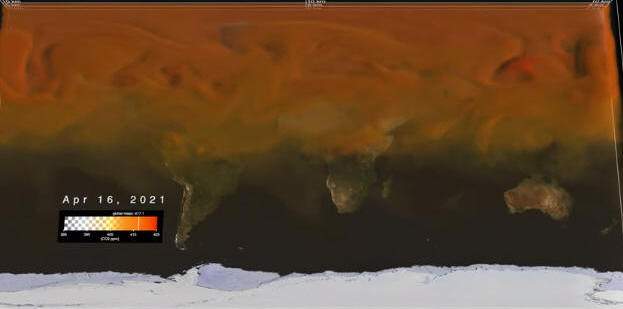Is the planet warming?
We prefer the term “climate gyration.”
Or “sign of the times.”
Deny not God His role in what is occurring.
And that means we must consider the sun.
In Texas, temperatures of 107 degrees (warmest on the planet).
Fires in Canada, unprecedented ones, casting smoke from New York to Chicago.
Drought here, flooding (from rising seas; see South Florida) there.
Plants and trees are blooming sooner. This is not a hallucination.
The list is long. Every year or two, it seems, becomes the warmest ever recorded, especially since the 1990s.
The eight warmest years on record, according to a European agency, have all occurred since 2014.
For more than twenty years now, we’ve referred to it as a climate “swerve.” Yes, there will still be cold weather events. There are always extreme events. But all major meteorological agencies report data, chief among them the National Climactic Data Center, they have not seen before.
And the sun certainly is playing a role.
A headline last week in LiveScience: “Earth’s thermosphere reaches highest temperature in 20 years after being bombarded by solar storms.”
A subhead: “The atmospheric temperature spike, which was caused by successive geomagnetic storms, suggests the ‘solar maximum’ is fast approaching.”
This is also evident in handwritten records, among the oldest on earth, that we reviewed in an Irish observatory in 1999.
During the Middle Ages there was a long period of global heat known as the Medieval Climate Optimum” caused by the same trend: intense occurrences on the sun’s roiling surface. It’s what they call a “solar maximum” — much sunspot activity. Radiation. Flares. Magnetism.
That warming was uncannily similar to what we have been observing around the world of late.
But intriguingly, the Medieval Warmth was followed by the “Maunder Minimum” (virtually no sunspot activity) — which ushered in a period of sudden and harsh cold.
Gyration.
A natural — God-made — occurrence.
This is not to deny that humans add a component.
It’s difficult to imagine that factories so gigantic that they create actual clouds, known as the “heat island effect” (miniature weather systems), don’t play some role, along with the planet’s 1.5 billion belching cars. Click here for a dynamic map showing dramatic carbon flows.
But so similar are current meteorological trends to what happened from 800 to around 1365 A.D. that one looks too to “mother nature” — better known as God’s Creation — for answers.
The debate can be endless. Glaciers are rapidly melting Greenland. But surface ice is stable in Antarctica. Monarch butterflies are migrating to Canada (which used to be too cold). But: Buffalo is getting belted with blizzards.
It’s what we mean by a “swerve.”
Critical to keep in mind is that the period of cold (“Little Ice Age”) after the warm one during the Middle Ages brought with it constant eruptions of plague across Europe — bubonic fever that killed a quarter of the population in Europe and Asia during the mid-1300s and persisted, in sporadic eruptions, for many decades after.
Keep in mind also that in many towns and hamlets and villages, epidemics were prevented or halted by apparitions and other manifestations of the Virgin Mary.
It was these appearances, leading as they did to erection of countless shrines, churches, and even cathedrals, that helped build Catholic Europe, which — another “sign of the times” — is in need of building again.
[resources: Fear of Fire]





